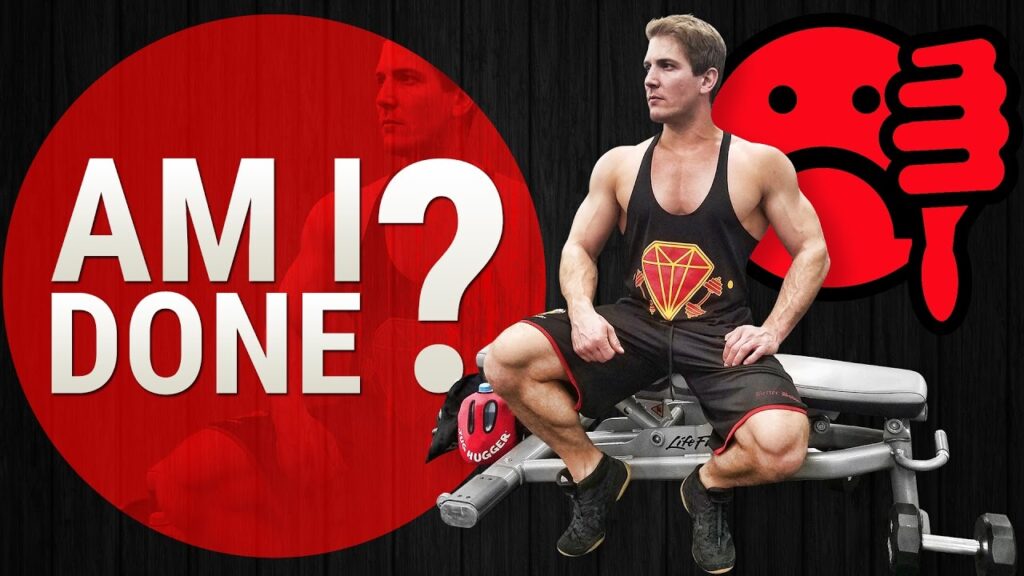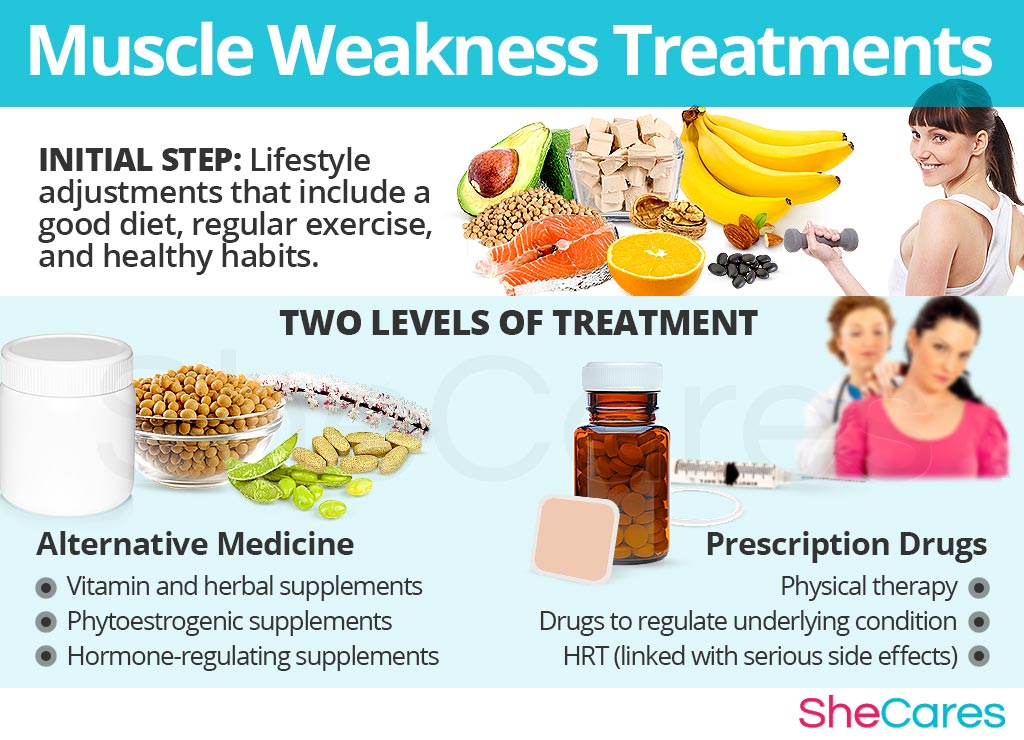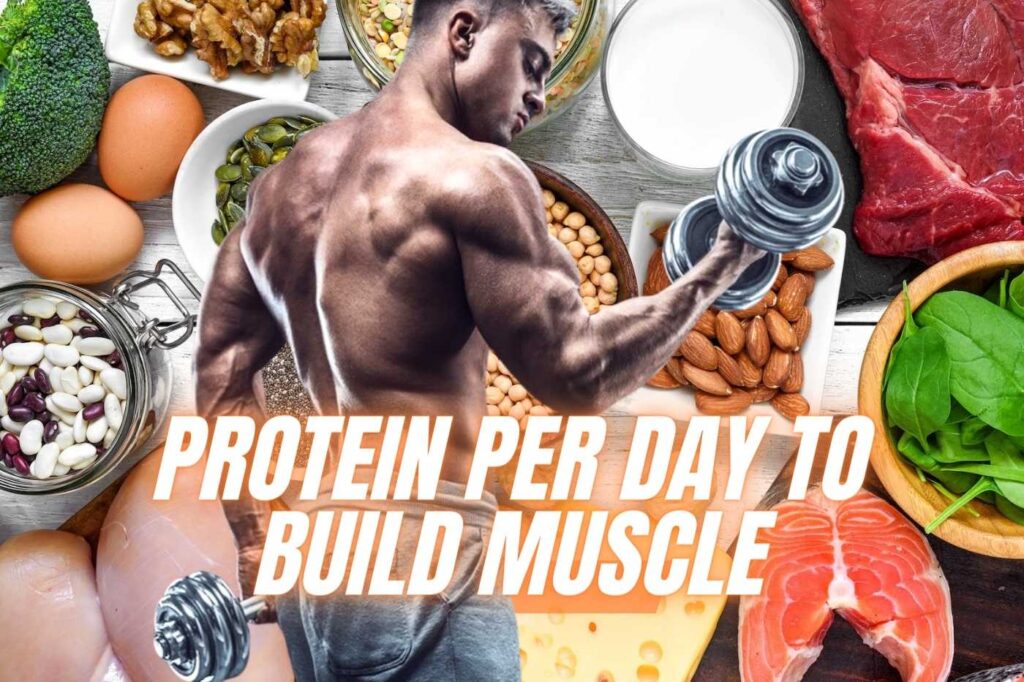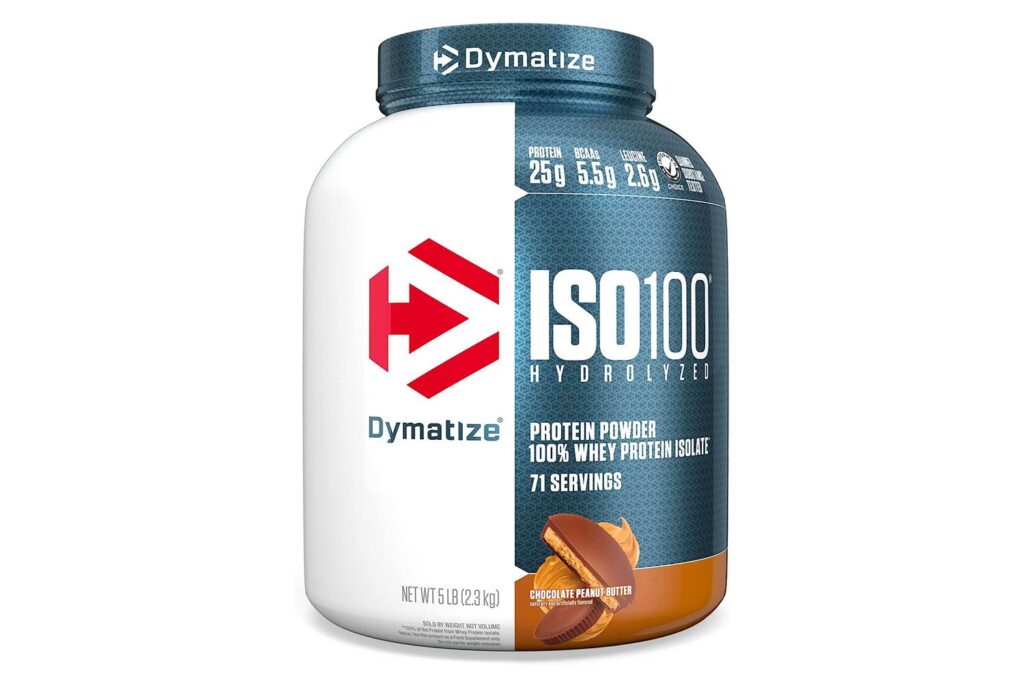**What to Do When You Hit a Plateau in Muscle Building:**Change your workout routine and increase your caloric intake. Ensure you get enough rest and recovery.
Hitting a plateau in muscle building can be frustrating. Progress slows down, and gains become harder to achieve. Variety in your workout routine can stimulate muscle growth. Adjusting your diet to include more calories and protein supports muscle repair and growth.
Adequate rest is crucial as muscles grow during recovery periods. Tracking your progress helps identify which areas need adjustments. Consulting a fitness professional can provide personalized strategies. Breaking through a plateau requires patience and consistency. Keep your goals in sight and stay committed.
Identify The Plateau
Your progress in the gym has stopped. You are lifting the same weights for weeks. Your muscles are not getting bigger or stronger. Workouts feel less challenging. Motivation to exercise is low. You may feel tired more often. These are all signs of a plateau.
Overtraining can lead to a plateau. Not getting enough rest is another cause. Your diet might lack protein or nutrients. Workouts might be too repetitive. Your body gets used to the same routine. This can stop progress. Stress and lack of sleep also affect muscle growth.

Credit: www.bodybuilding.com
Reevaluate Your Routine
Check if your routine has become too easy. Your muscles might not be challenged enough. Increase the weight you lift or change the number of sets and reps. Tracking your progress helps to see if you are improving. This way, you can identify what’s not working and make changes.
Adding new exercises can shock your muscles. Try different types of workouts like circuit training or high-intensity interval training (HIIT). Also, use different equipment such as resistance bands or kettlebells. This keeps your routine fresh and engaging.
Adjust Your Diet
Protein is vital for muscle growth. Aim to eat 1.6 to 2.2 grams of protein per kilogram of body weight. Choose lean meats, fish, and plant-based proteins. Include protein-rich snacks like nuts and Greek yogurt. Eating protein throughout the day helps with muscle repair.
Ensure you are eating enough calories to support muscle growth. Track your daily intake using a food diary or app. Ensure you are not over-eating or under-eating. Adjust portion sizes to meet your goals. Balance your macronutrients: proteins, carbs, and fats.
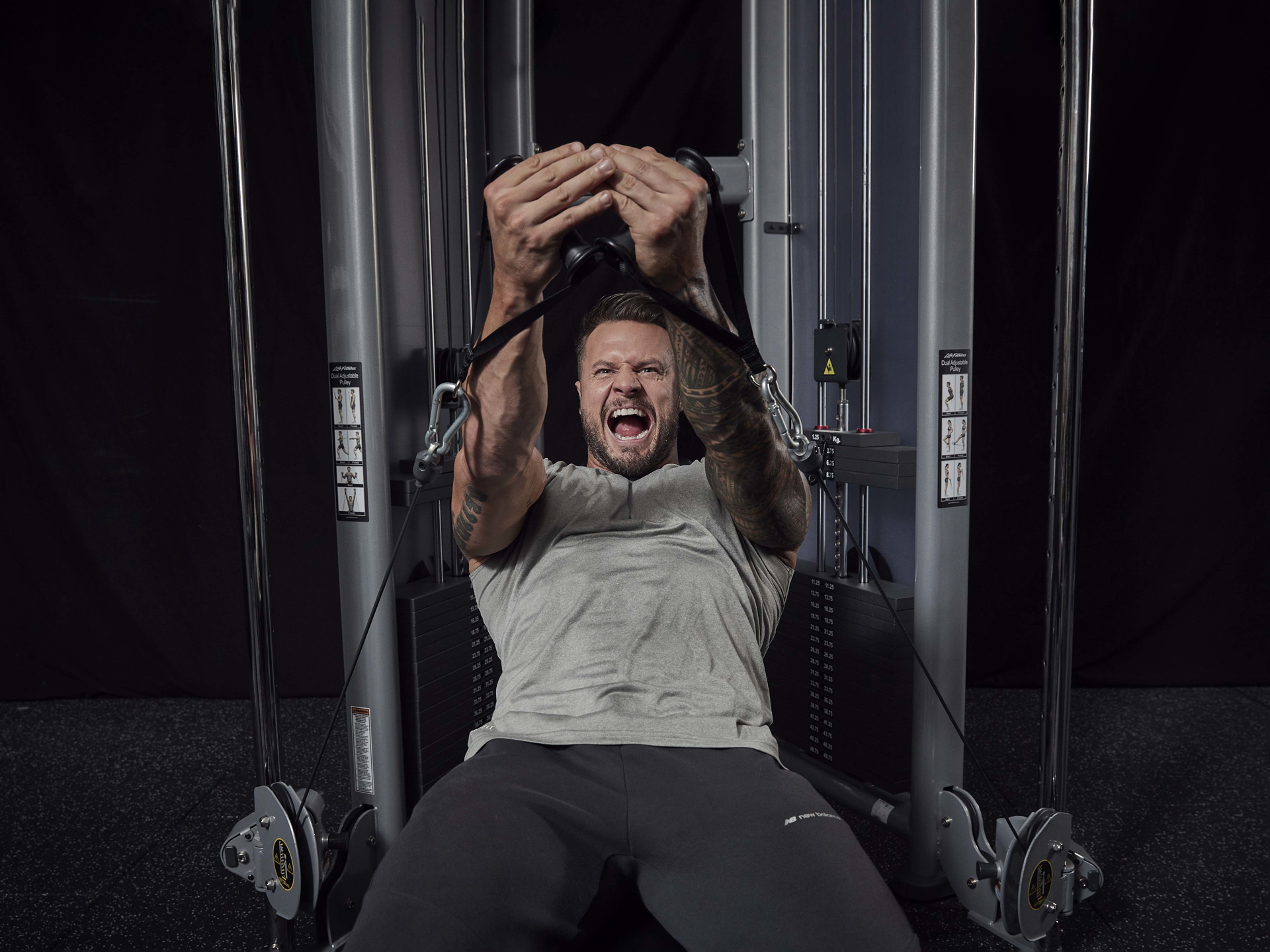
Credit: centr.com
Focus On Recovery
Rest days are crucial for muscle growth. Muscles need time to repair and grow. Working out every day can lead to overtraining. Overtraining can cause injuries and slow progress. Taking rest days helps prevent burnout. It also keeps you motivated and fresh for your next workout.
Sleep is essential for recovery. It helps the body repair tissues. Growth hormone levels increase during sleep. This hormone aids in muscle growth. Lack of sleep can hinder muscle recovery. Aim for 7-9 hours of sleep each night. Good sleep habits can boost your muscle-building efforts.
Utilize Advanced Techniques
Supersets involve doing two exercises back-to-back without resting. This method can help break through a plateau. For example, pair a chest exercise with a back exercise. This keeps the workout intense and challenges your muscles. It also saves time by reducing rest periods. Try to mix different muscle groups for best results.
Drop sets involve lifting weights until failure, then reducing the weight and continuing. This technique pushes muscles beyond their limits. Start with a heavy weight, then drop to a lighter one. Repeat this process to exhaust your muscles. It promotes growth by increasing time under tension. Always focus on maintaining good form.
Set New Goals
Set small, reachable goals. Aim to lift a bit more weight each week. Change your workout routine to keep things fresh. Try new exercises to challenge your muscles. Keep track of your progress. Celebrate each small victory.
Think about where you want to be in a year. Plan your workouts and diet around this goal. Stay focused on the big picture. Keep your eyes on the prize and stay motivated. Remember that building muscle takes time.
Track Your Progress
Keeping a workout journal helps you see your progress. Write down your exercises, sets, and reps. Note the weights you use. This helps you identify patterns. You can see what works and what doesn’t. Update your journal after each workout. This keeps your data current.
Regular assessments help track your growth. Measure your muscle size every two weeks. Take photos to compare over time. Weigh yourself weekly. These steps help you see small changes. If progress stalls, adjust your workouts. Change routine or intensity to break the plateau.
Stay Motivated
A workout buddy can make a big difference. They can push you to do better. You will feel more accountable. Having someone by your side keeps you motivated. Enjoy your workouts more with a buddy.
Small wins are important. Celebrate every little success. It could be lifting a bit more weight. Or doing one more push-up. These small victories keep you motivated. They help you see progress. Keep track of your wins in a journal.

Credit: www.pinterest.co.uk
Frequently Asked Questions
What Causes A Muscle-building Plateau?
A muscle-building plateau occurs when your progress stalls despite consistent training. It can be due to poor nutrition, lack of sleep, or repetitive workouts. Adjusting these factors can help break through the plateau.
How Can I Break A Muscle-building Plateau?
To break a muscle-building plateau, vary your workout routine, increase intensity, and ensure adequate rest. Proper nutrition and hydration are also crucial. Consider consulting a fitness expert for personalized advice.
Is Overtraining Causing My Muscle Plateau?
Overtraining can lead to a muscle-building plateau. It exhausts your muscles and hinders growth. Ensure you have rest days and monitor your workout intensity to avoid overtraining.
What Role Does Diet Play In Muscle Plateaus?
Diet plays a crucial role in muscle-building plateaus. Inadequate protein and calories can hinder muscle growth. Ensure a balanced diet with sufficient macronutrients to support your training.
Conclusion
Breaking through a muscle-building plateau requires patience, strategy, and consistency. Adjust your workout routine and nutrition plan. Stay committed and motivated to see progress. Remember, plateaus are temporary. With the right approach, you will continue to build muscle and achieve your fitness goals.
Keep pushing forward and trust the process.

